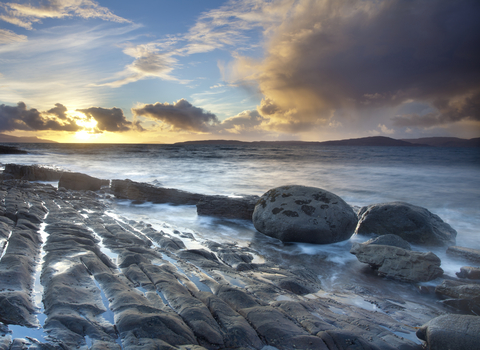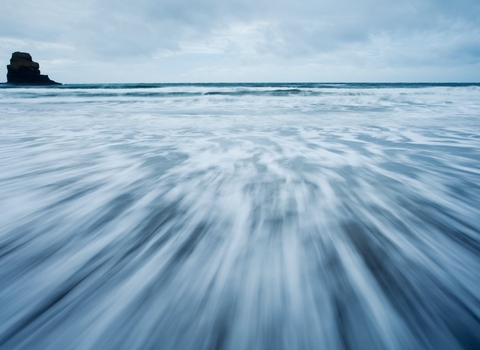
Spiny seahorse in seagrass ©Julie Hatcher
Long-snouted seahorse
Scientific name
Hippocampus guttulatusWhen to see
January to DecemberSpecies information
Statistics
Length: 21cmConservation status
Habitats
About
Also known as the spiny seahorse, the long-snouted seahorse is recognisable by the fleshy mane on its neck and back. They live in shallow coastal waters and are pretty poor swimmers, relying on their prehensile tail to cling onto seaweed and seagrass to stop themselves being swept away. They don't have teeth and simply suck up their favourite prey of small shrimp and plankton. Seahorses are known to practice monogamy, though we no longer think that they mate for life. Seahorses are a type of fish and are related to pipefish and sea dragons.How to identify
As their name suggests, long snouted seahorses have a longer snout than their short snouted seahorse cousins. Fleshy protuberances along its back give the impression of a horse's mane and its alternative name of spiny seahorse. Its angular body, framed by tubercles is usually a greenish-yellow.Distribution
Along the south coast of England and Wales.Did you know?
Seahorses are the only animal with a true reversed pregnancy! The female transfers the eggs to the male who self fertilises them; he keeps them in his brood pouch, before giving birth to live young called fry.How people can help
Never buy a seahorse as a pet, less than 1% of captured seahorses last longer than 6 weeks. Avoid buying any souvenirs with dried sea creatures such as seahorses, starfish or coral as many of these are now endangered species. If you see any shops selling these, please report it to illegaltrade@theseahorsetrust.org. Avoid any traditional medicines that include endangered or slow-growing species. If yachting, always use mooring balls or eco-moorings where they are available.
Our seas and coastline are in need of protection if we are to keep our marine wildlife healthy. The Wildlife Trusts are working with fishermen, researchers, politicians and local people towards a vision of 'Living Seas', where marine wildlife thrives.





